Over the last few years the term “personalized learning” has come up in many education circles. Let’s be realistic, as educators we love terms and fancy phrases and personalized learning is just one of many “new” initiatives making the rounds. Oftentimes when we, as teachers, hear about an initiative during a district professional development we shake our heads and either say “Good grief, not one more thing” or snark and say “This too shall pass.”
The Personalized Learning Working Group, powered by Remake Learning, envisions personalized learning as honoring “the voice, potential, and dignity of each learner through authentic connections and engagement.” This can be accomplished in a variety of ways: developing flexible instruction to fit the learning needs of every student, setting and keeping high expectations for all students, or supporting learner agency (Learning from Crisis, University of Pittsburgh Institute of Politics, p. 20). Personalized learning puts students at the center of their education.
However, here is the thing–I would bet that most of you are already putting students at the center of their education simply by offering them a little voice and choice in their day-to-day classroom experience. And you are doing this because it is, quite frankly, good teaching! Remember, the act of “teaching” is a craft and I have seen so many good teachers consistently work to hone their craft in an effort to engage, and even inspire, their students. Teachers are the creative directors of their classrooms; including more student voice and choice within your classroom is just one more way to hone your craft.
Student voice and choice (SV&C) creates space for and places value on students’ backgrounds, interests, and needs. By offering students voice and choice in their education you are personalizing student learning, thereby directly implementing equitable teaching practices. When students are allowed to make decisions about how they learn and how they demonstrate their learning experiences, students are more likely to be more authentically engaged in their education. SV&C increases a student’s connection to the content, and because they have more decision-making autonomy and can play to their strengths, their self-confidence grows in engaging with and demonstrating new learnings.
Equitable teaching is important for us to remember because we all have biases as educators. The majority of us became educators because we did “school” well. School was where we, more often than not, succeeded. This means we learned in a fairly traditional, or teacher-centered way, and we tend to want to teach how we have been taught. As educators, we can gravitate toward certain types of text, content, media, etc. based on our own backgrounds and educational experiences. In traditional classrooms, the curriculum is largely standardized, unchanging, and for many students, boring. With SV&C, students are given autonomy over both what they are learning and how they are learning.
However, SV&C is not “free-range” teaching. One of the most common misconceptions we come across when helping educators implement SV&C in their classrooms is this idea that in order to do it the “right way,” students are given some vague direction from the teacher and then left to their own devices until assessment time. No! As with most educational practices, students need scaffolding and guidelines and SV&C is no different. We often phrase it in terms of giving students a sandbox to play in instead of the entire beach. Giving students options within guidelines is giving students voice and choice; giving ALL the options is educational madness.
Important Vocabulary
Personalized Learning: Acknowledging and honoring the voice, potential, and dignity of each learner through authentic connections and engagement.
Student voice and choice (SV&C): Creating space for and placing value on students’ backgrounds, interests, and needs.
Equitable teaching practices: When all students have access to the resources specifically needed in order to demonstrate mastery at the highest level in all learning environments. The National Council of Teachers of English define an equitable classroom as a space that reflects “inclusivity and culturally responsive teaching practices that build unique experiences for all students.” We will discuss culturally responsive teaching practices more in future blog posts.
Project-Based Learning (PBL): An instructional approach in which students learn by applying skills and knowledge to an authentic situation, problem, or challenge.
Educator Strategy
One easy way to implement SV&C in your classroom, is to use choice boards. Choice boards are the definition of SV&C occurring within a sandbox. Students are given a set of options in how they engage with or demonstrate their learnings. Choice boards can be formatted as a chart, a “restaurant menu,” or a tic-tac-toe board. The products students produce in response to a choice board can be graded using one rubric, which cuts down on the time spent developing assessments. If you are interested in choice board design, check out this blog 6 Steps to Creating Custom Choice Boards from Casey Bell’s Shake Up Learning.
If you are interested in a more holistic, pedagogical approach to implementing SV&C, Project-Based Learning (PBL) is one way to personalize a student’s learning experience. PBL is defined as an instructional approach in which students learn by applying skills and knowledge to an authentic situation, problem, or challenge. In our PBL trainings, we use ten elements to guide the classroom implementation of PBL, one of which is SV&C. Not every PBL project has to include SV&C, but the very nature of PBL does tend to offer up many opportunities for educators to do so.






